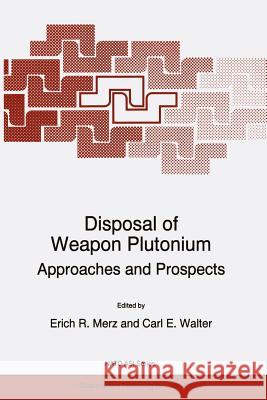Disposal of Weapon Plutonium: Approaches and Prospects » książka
Disposal of Weapon Plutonium: Approaches and Prospects
ISBN-13: 9789401065597 / Angielski / Miękka / 2011 / 352 str.
In the immediate term, plutonium recovered from dismantled nuclear warheads will have to be stored securely, under international safeguards where possible. One of the principal alternatives for the disposition of this plutonium is to blend it with high-level waste as it is vitrified for final disposal in a geologic repository. The high radioactivity of the resulting product provides self-shielding and ensures that the Pu cannot be separated without the development of highly sophisticated technology. This third NATO ARW on the disposal of weapons-grade plutonium discusses the non-reactor disposition option, presenting a thorough evaluation of the pros and cons. In broad terms, the workshop presents an exchange of information on waste vitrification, including technical feasibility as well as the necessary stringent safeguards. It discusses the different approaches to the optimum techniques and credible alternatives for immobilizing transuranics and fission products for disposal. It introduces new disposal techniques, in particular matrix immobilization followed by deep borehole disposal. It assesses the implications of safeguarding requirements. And it identifies common areas in which defined research tasks can be initiated in cooperative partnership.











